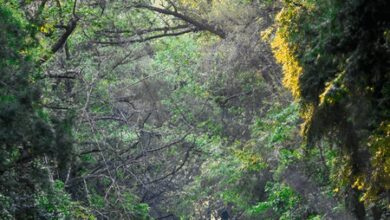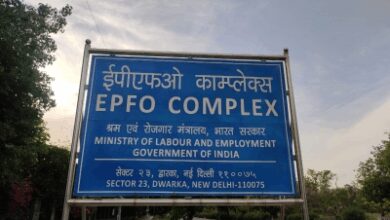Paddy straw can be converted into biogas & bioethanol worth Rs 1,600 crore

New Delhi, Nov 23 (IANS) The 7.3 million tonnes of paddy straw, which is currently being burnt by farmers, can be converted into compressed biogas and bioethanol which could save Rs 1,600 crore forex on energy imports and cut pollution as well, according to a statement issued by the Indian Biogas Association (IBA) on Sunday.
This policy is likely to attract investments of Rs 37,500 crore and facilitate the setting up of 750 CBG projects in the country by 2028-29.
More significantly, this represents an import-substituting move toward LNG, ensuring savings in precious foreign exchange by building energy security from domestic resources, the statement said.
The latest anaerobic digestion processes can efficiently convert this agricultural residue into Compressed Bio-Gas (CBG), which can directly replace imported natural gas, the statement noted.
Beyond energy, paddy straw is excellent for bioethanol production because of its 40 per cent cellulose content, it added.
It has the potential to achieve import substitutions worth Rs 1,600 crore, the IBA statement said.
“Parallel goals of Sustainable Aviation Fuel include one per cent blending for international flights by 2027, further expanding the bioeconomy landscape,” IBA Chairman Gaurav Kedia said.
Even the remaining 20 per cent lignin fraction, which is a complex organic polymer deposited in the cell walls of plants, can yield high-value products, such as polymers, activated carbon, Graphene and resins, the statement added.
The conventional perception of paddy straw as waste represents a failure of imagination.
IBA has also highlighted that the burning of each tonne of straw releases around 1,460 kg of carbon dioxide, nearly 60 kg of carbon monoxide, and 3 kg of particulate matter directly into the atmosphere.
Instead of allowing this blasting in the atmosphere, India can leverage innovative technologies to convert straw into valuable resources, it said.
Mature urban trees have also been found capable of absorbing as much as 22 kg of CO2 annually while filtering out dangerous particulate matter.
One of the lowest-hanging fruits from a solution perspective could be the strategic plantation drives in and around north Indian cities, especially along highways, which can protect us from the pollution volatility with a green shield, the statement added.
Equal consideration can be given to the weather-balancing effect by this natural shield, which can further help the urban heat island effect throughout the year.
It points out that cities like Delhi have already shown what is possible as more than 2.5 million saplings were planted during 2023 alone.
Combining Miyawaki forests in degraded urban parcels of land with highway green corridors and community-driven “adopt a tree” initiatives would provide a strong natural buffer against pollution, the statement said.
–IANS
sps/khz





